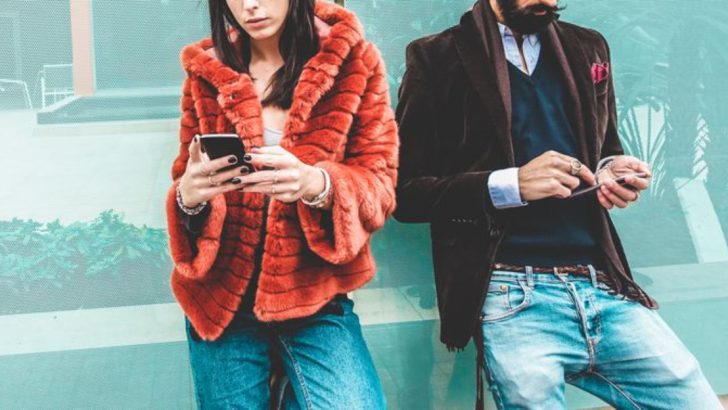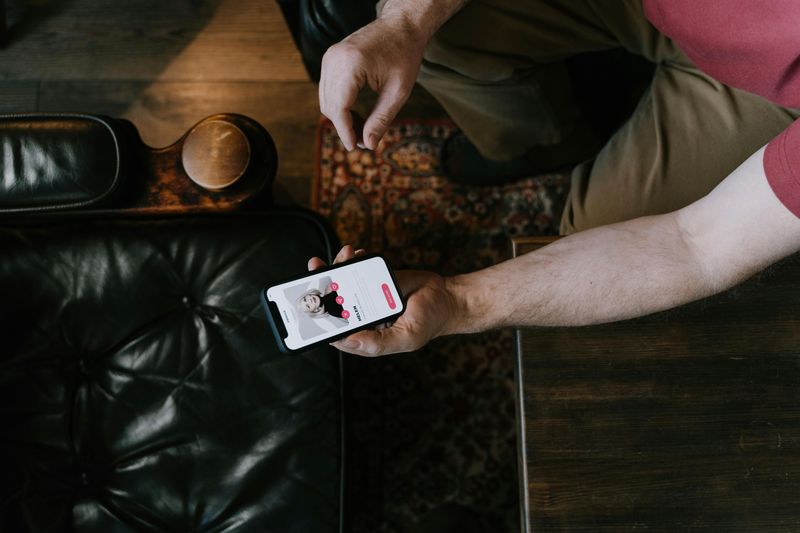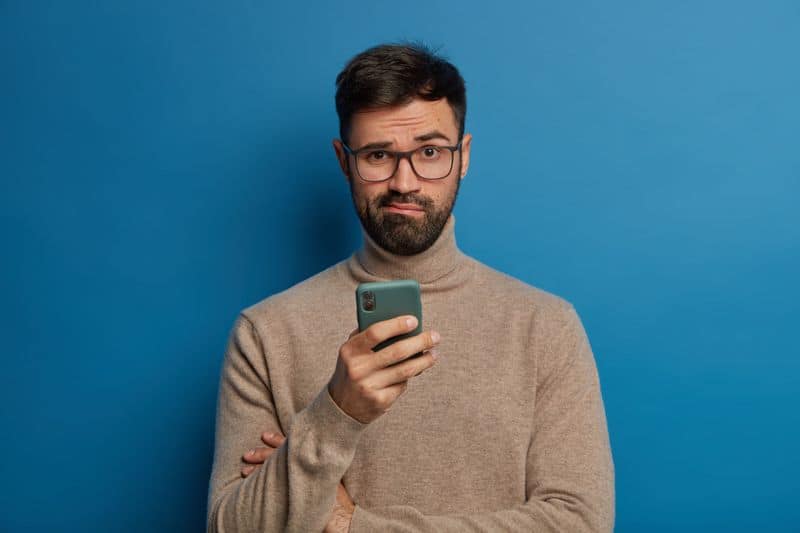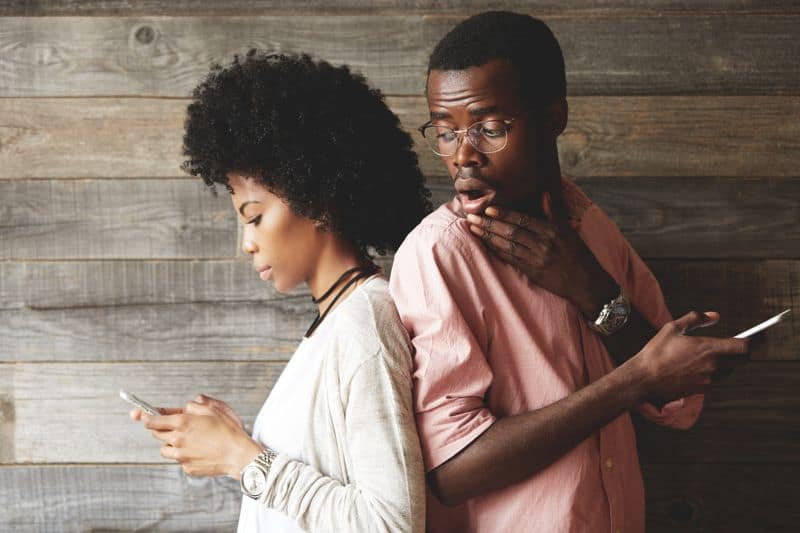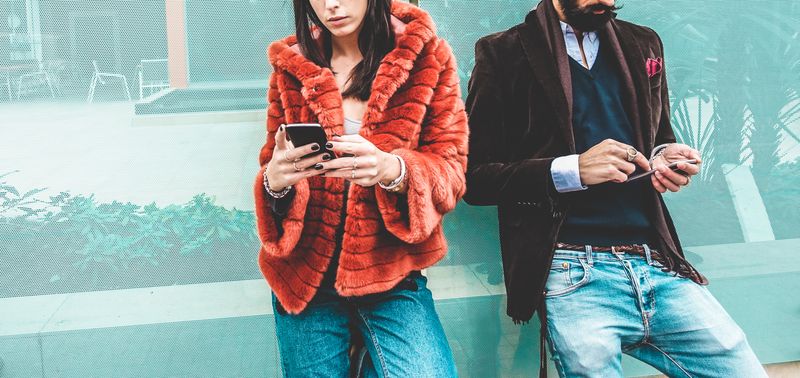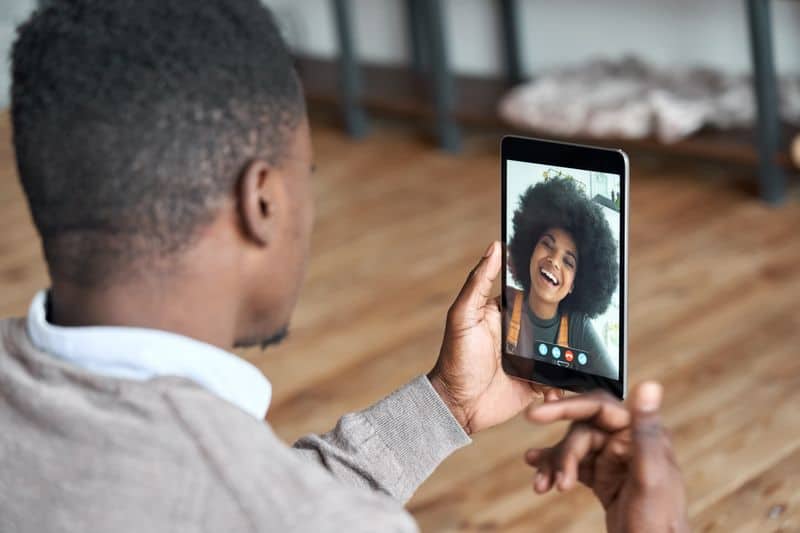Dating has changed a lot in recent years. With smartphones and dating apps, the way we meet and connect with potential partners looks totally different than it did for our parents.
Finding love today comes with new challenges, expectations, and behaviors that can be tricky to navigate. Let’s explore what dating really looks like in today’s world.
1. Swipe Culture Has Changed How We Meet
Remember when people met at coffee shops or through friends? Those days seem almost quaint now. Dating apps have transformed potential partners into profile pictures we judge in seconds.
Many singles report feeling like they’re shopping for humans rather than making genuine connections. The convenience comes with a price – treating people as disposable options when the next match is just a swipe away.
Despite the drawbacks, apps have helped people find partners they might never have encountered otherwise, especially those in smaller communities or with specific dating preferences.
2. Ghosting Has Become Normalized
Suddenly disappearing without explanation has unfortunately become a common exit strategy. Someone you’ve been talking to for weeks might vanish without warning, leaving you wondering what went wrong.
This behavior reflects our avoidance of uncomfortable conversations and the emotional distance technology creates. When you’ve only met online, it somehow feels less wrong to disappear.
The psychological impact can be significant, leaving the ghosted person with unresolved feelings and self-doubt. Many daters now expect ghosting as an inevitable part of the process rather than an exception.
3. Digital Communication Creates Misunderstandings
“Sorry I’m late” can be interpreted as sincere or sarcastic depending on who’s reading it. Without tone of voice and facial expressions, messages are easily misunderstood.
Hours can be spent analyzing text timing, punctuation choices, and emoji usage. A delayed response might trigger anxiety while a period at the end of a text might seem angry rather than proper grammar.
This constant interpretation leads many daters to create entire narratives about their relationship status based on digital clues. The result? Unnecessary stress and arguments that could have been avoided with a simple phone call.
4. Social Media Creates Unrealistic Expectations
Scrolling through perfectly filtered photos of happy couples on exotic vacations sets a high bar for what relationships should look like. The pressure to have Instagram-worthy dates and milestone moments has never been greater.
Few people post about their ordinary Monday nights or relationship struggles. This creates a distorted view where we compare our behind-the-scenes to everyone else’s highlight reel.
Studies show this constant comparison can lead to relationship dissatisfaction. When real connections don’t match the curated online versions we see daily, we might question if something is wrong with our perfectly normal relationships.
5. Dating Multiple People Has Become Standard
Gone are the days when dating one person at a time was the default. Many singles now maintain conversations with several potential matches simultaneously, creating a sort of dating portfolio.
The abundance of options has created a paradox of choice. Having multiple prospects might seem advantageous, but it often leads to difficulty forming deeper connections as attention is divided.
This approach requires new communication skills around exclusivity. The “defining the relationship” talk has become more necessary than ever, as assumptions about being exclusive can lead to hurt feelings when both parties aren’t on the same page.
6. Casual Hookups Have Blurred Relationship Lines
Friends with benefits, situationships, and no-strings arrangements have created a gray area between single and committed. Many people find themselves in undefined relationships where feelings often develop unevenly.
The casual nature can be liberating but also confusing. One person might view late-night texts as just fun while the other hopes for something more meaningful to develop.
Navigating these waters requires honest communication about intentions and boundaries. Without clear conversations, these arrangements often lead to one person feeling used or misled when expectations don’t align with reality.
7. Dating Fatigue Is Real
After the twentieth coffee date that goes nowhere, exhaustion sets in. Many singles report feeling burned out from the endless cycle of matching, messaging, meeting, and usually being disappointed.
The emotional labor of starting fresh with each new person takes a toll. Sharing your story, asking the same questions, and trying to seem interested and interesting becomes draining rather than exciting.
This fatigue leads many to take breaks from dating altogether. The constant rejection or disappointment can make even the most optimistic person need time to recharge before jumping back into the dating pool.
8. Traditional Gender Roles Are Evolving
Who asks whom out? Who pays for dinner? These once-rigid rules have become wonderfully flexible but also potentially confusing. Modern daters navigate a mix of traditional and progressive expectations.
Women increasingly make the first move, split checks, and propose. Men feel more comfortable expressing emotions and seeking equal partnerships rather than taking the traditional provider role.
This evolution creates more authentic connections but requires clear communication. Without the script of traditional dating roles, couples must actively discuss their expectations rather than making assumptions about how dating should progress.
9. Long-Distance Connections Are More Common
Technology has made maintaining relationships across miles much easier than ever before. Video calls, instant messaging, and location sharing apps help couples feel connected despite physical distance.
Many relationships now begin online between people living in different cities or even countries. The pandemic normalized remote connections, with many couples meeting virtually before deciding if an in-person meeting is worth the travel.
These relationships face unique challenges around trust, communication, and planning for an eventual shared location. Despite the obstacles, many find that distance filters out casual connections, leaving only those worth the extra effort.
10. Personal Growth Takes Priority Over Settling Down
Career development, self-discovery, and personal goals often take precedence over finding a permanent partner. Many singles are waiting longer to commit, preferring to establish themselves first.
This shift reflects changing values and economic realities. With housing costs rising and career paths less stable, many feel they need financial security before considering marriage or children.
The result is more intentional partnerships formed later in life. When people do commit, they often bring clearer expectations and stronger sense of self to their relationships, potentially creating more stable foundations despite the delayed timeline.
Lover of good music, reading, astrology and making memories with friends and spreading positive vibes! 🎶✨I aim to inspire others to find meaning and purpose through a deeper understanding of the universe’s energies.

